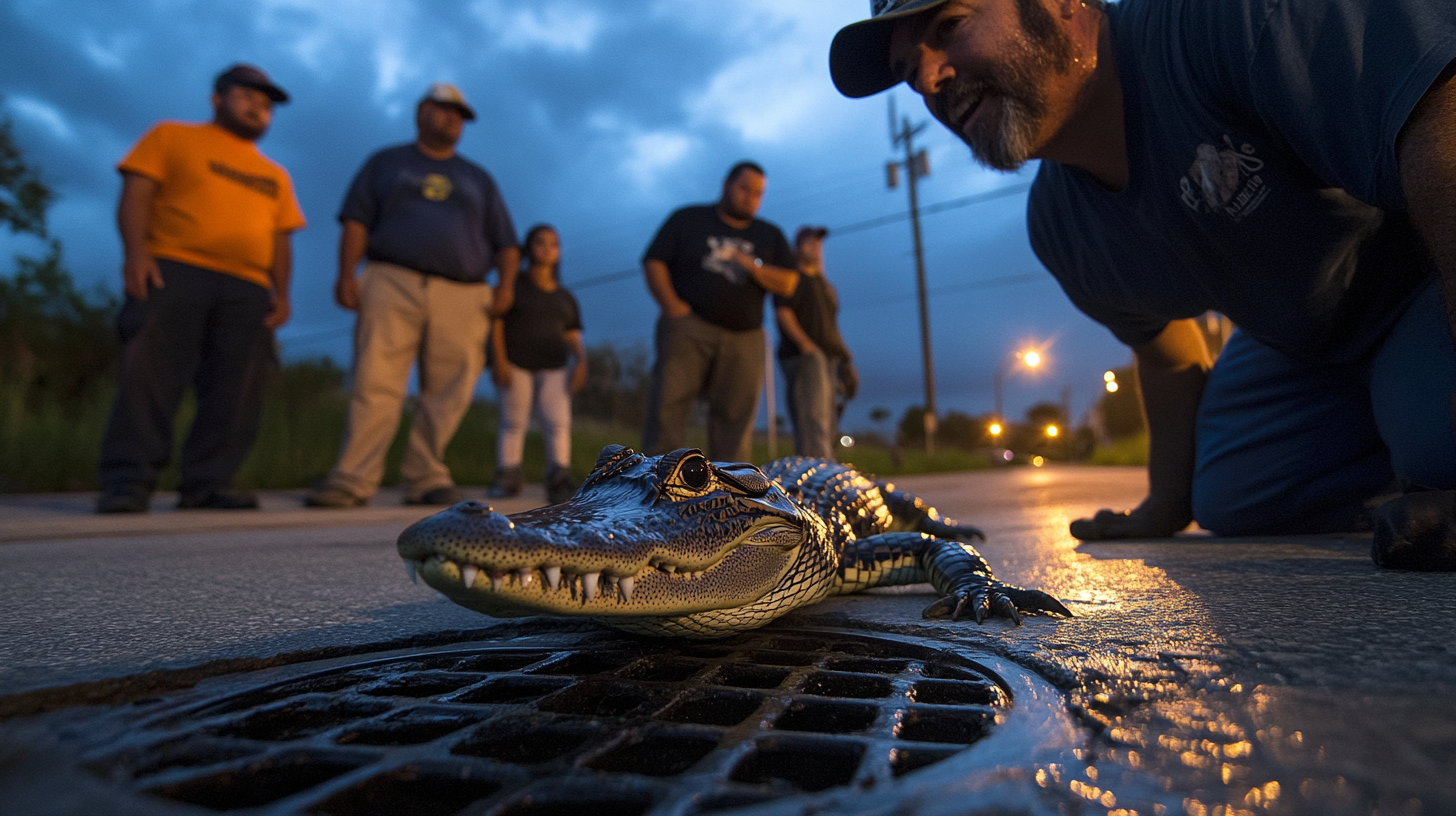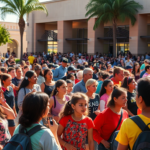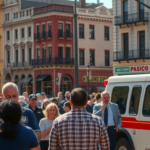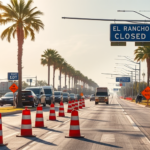Rescue Efforts Underway for Alligator Stuck in Weslaco Drain
An unusual predicament has captured the attention of Valley residents as an alligator remains trapped under a metal grate in a storm drain in Weslaco, South Texas. Despite efforts by local wildlife experts, this peculiar situation continues to unfold, highlighting both the challenges and the commitment required in wildlife rescue operations within the Rio Grande Valley (RGV).
Challenges and Ongoing Rescue Efforts
For at least four weeks, an alligator has been ensnared beneath a welded metal grate on International Boulevard and 18th Street. The grate, which is believed to be part of an ongoing Texas Department of Transportation (TxDOT) road project, has been a significant barrier to freeing the animal.
Jake Reinbolt, a wildlife handler with the South Padre Island Birding Nature and Alligator Sanctuary, expressed concern over the animal’s condition. “He obviously doesn’t belong there, he’s in some kind of trouble. It doesn’t appear like he has access to water; he clearly seems stuck,” Reinbolt said. The urgent need to remove the grate has spurred efforts from various state and local agencies, but progress has been slow.
According to a TxDOT spokesperson, the department originally reached out to Weslaco Animal Control for assistance last month, but the risks associated with removing a six-foot alligator from a confined space have posed safety concerns for the teams involved.
Potential Local Impact
The alligator’s dilemma has sparked widespread community interest in Weslaco and surrounding areas. The unusual sight has drawn locals who sympathize with the animal’s plight, with some onlookers providing food and water.
For the RGV, a region known for its unique wildlife, such incidents underscore the need for more robust wildlife management strategies. Increasing urbanization in South Texas has led to more frequent human-animal interactions, making it imperative for local agencies to develop comprehensive response plans for such scenarios.
Seasoned Valley residents, like Maria Vargas from Weslaco, acknowledge that while alligators are relatively common in more remote areas, seeing one in a storm drain is extraordinary. “It definitely makes you think about how our development impacts wildlife. We intrude on their space, so these things are bound to happen,” she commented.
Connecting with Broader Issues
The situation echoes broader concerns regarding wildlife and urban development throughout South Texas. Increased construction and infrastructure projects have forced wildlife into tighter spots, metaphorically and literally.
Similar incidents in other parts of the RGV have historically prompted discussions around establishing designated wildlife corridors and enhancing conservation efforts. These discussions are crucial, considering the Valley’s distinct ecology and biodiversity.
Future Implications
Looking ahead, the trapped alligator incident may catalyze change, urging local authorities to revisit existing protocols and promote greater coordination between wildlife conservationists and urban planners.
Furthermore, should the rescue be successful, it could set a precedent for handling similar situations more efficiently in the future. Collaboration between state agencies and local wildlife experts may become a model for resolving challenges that arise from human-animal coexistence in urban spaces.
However, this wouldn’t be an isolated movement—public awareness and engagement are vital for sustainable solutions. Local wildlife agencies can utilize community workshops and educational programs to foster a greater understanding of cohabiting responsibly with local fauna.
Resources and Next Steps
Those concerned or interested in updates about the alligator situation can reach out to the South Padre Island Birding Nature and Alligator Sanctuary for detailed information. The sanctuary plans to continue coordinating with state authorities to resolve the issue.
TxDOT has assured the public that while the ongoing road project remains a priority, steps are being taken to explore all viable options for a safe and effective resolution.
Ultimately, the Valley residents watching this scenario unfold will be keeping a hopeful, albeit cautious, eye on the rescue attempts. Despite the circumstances, this event has inadvertently strengthened community bonds, serving as a reminder of the interconnected tapestry of life that is distinct to the Rio Grande Valley.
As the story unfolds, this alligator’s challenging plight reminds us of the resilience and adaptability required to harmonize urban development with the rich natural heritage of the RGV.







